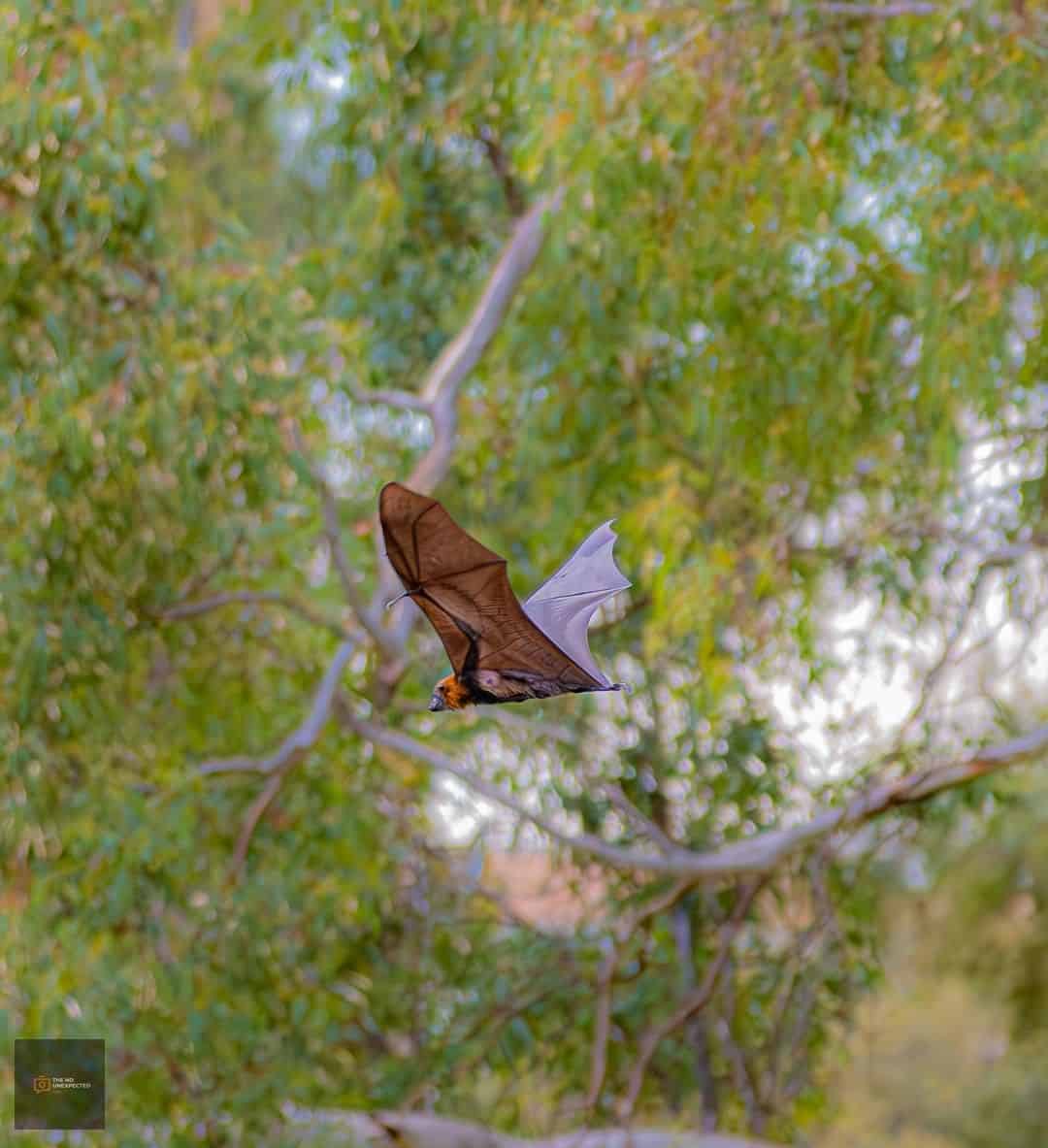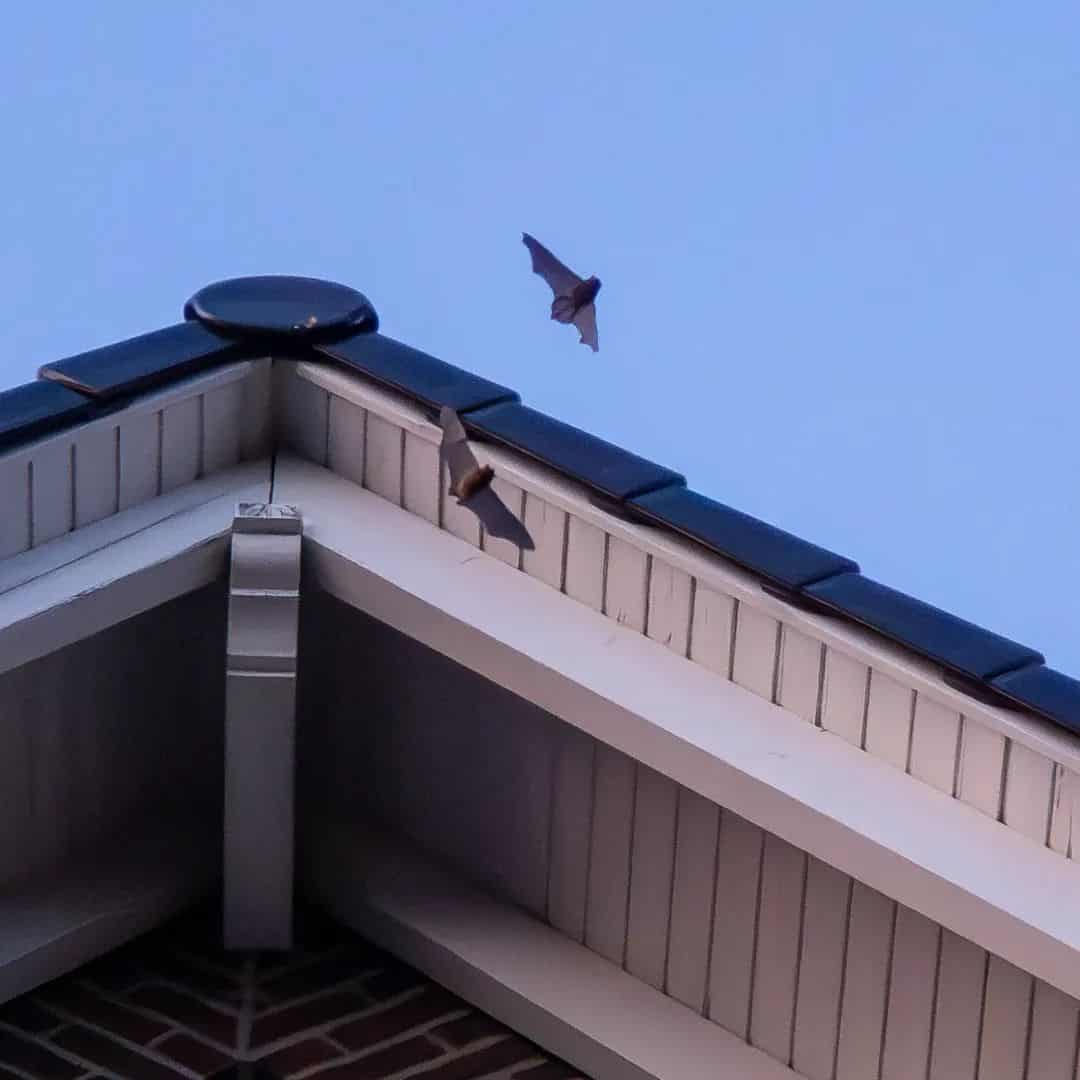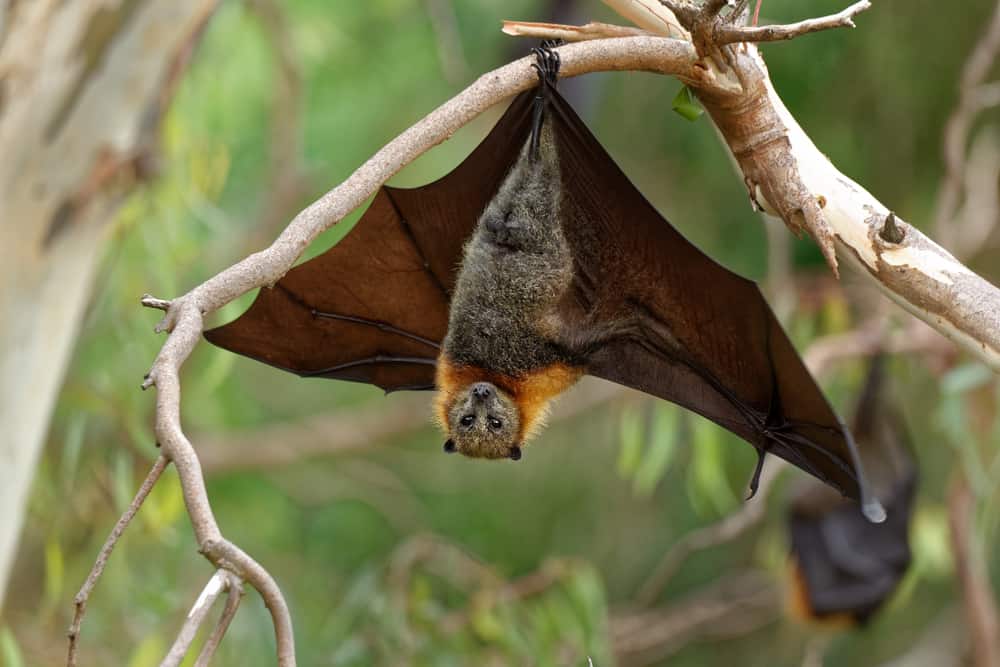Since bats have wings like birds, you may be tempted to conclude that they reproduce by laying eggs, but what if we told you this isn’t the case?
Bats are mammals, this means that, unlike birds, they give birth to their young alive. You may find this somewhat shocking because mammals are typically large animals, and bats are small in size, just like an average bird. However, their small size makes them all the more intriguing as they’re one of the world’s tiniest mammals.
There is more to the fascinating world of bats and in this post, we’ll look at some of these interesting facts. Keep reading to learn more about how this winged creature, known to be the only flying mammal, reproduces.
How Do Bats Give Birth?
To offer more perspective on the central question of if bats lay eggs, these creatures, like every other mammal, give birth to their young alive. They have wombs in which baby bats, also known as pups, are formed, and once it’s time to give birth, push their young out through their vaginas like every other mammal.
In some species like the flying foxes found in some parts of Africa, Australia, and Asia, a female bat may assume the role of a ‘midwife’ by assisting the pregnant female during her birthing process. The midwife bat would spread her wings beneath the delivering mother to catch the newborn pup once it’s out of the womb.
But, more interestingly, the catch here is that not only do bats give birth to their young alive, but they also raise their young the same way any mammal would.
If you’re wondering how mammals raise their young, simply take a look at humans. Yes, bats and humans, as well as other mammals, share some similarities when it comes to nursing and caring for their young.
They tend to nurture their babies by providing food, usually starting with milk produced from their mammary glands and other necessary resources for survival until they’re of age. Also, the average nursing period for bats is 3 to 4 weeks.
However, baby bats would hang around their mothers for up to 3 months (12 weeks) before fending off on their own. In these few months, the mother bat is tasked with teaching her young all it needs for survival, such as learning to fly and hunting for food.
Six Important Facts About Bats And How They Reproduce

Image Credit: thenounexpectedview
When it comes to birthing their young, bats have some special characteristics and exhibit specific behaviors that define the uniqueness of their reproduction cycle. Some of these facts are discussed below:
1. Bats Have Their Mating Season in the Fall and Early Winter Months
Unlike humans, who pretty much date all year round, bats found in temperate regions only come together to mate between September and November. The reason for their preferred mating season is that these animals are most fertile in the cold season, which happens to be during that time of the year.
Also, because of their relatively long pregnancy and nursing periods and the fact that some species tend to hibernate during the same period, bats have evolved to follow a mating pattern that suits their lives, thus mating at the same time of year.
Like many other mammals, bats have mating calls performed by the romantic male bats to attract the picky females. This includes making high-pitched chirps that sound like a staccato buzz to catch the females’ attention and occasionally positioning themselves close to the females’ roosts to beckon at them.
Interestingly, more than one male bat may have eyes on a single female. However, female bats can only have one mate and must select the one they find most agile.
2. Bats Have Varying Pregnancy Durations Depending on Their Species
Compared to many small animals like rodents, bats tend to have a longer pregnancy span, with the gestation period of many lasting from 8-14 weeks. For instance, species like the common pipistrelle and big brown bat have gestation periods of 44 and 54 days, respectively, making them among the species with the shortest pregnancy cycles.
However, some bat pregnancies can last almost as long as those of humans. For instance, the vampire bat commonly found in South America and Central America carries its young in the womb for about 205 to 212 days (seven months) before giving birth, making it the species with the longest gestation period.
You may be interested in knowing that pregnancy duration does not affect the number of young ones these creatures tend to birth at once. Closer research on the vampire bat will reveal that, despite its long gestation period, it usually gives birth to a single pup. Whereas the eastern red bat, with pregnancies lasting only about 12 weeks, produces a litter of up to four pups.
2. Bats Give Birth Together in Colonies
During their maternity season, many pregnant female bats will often gather together in warm, safe places to form maternity roosts for the purpose of going through the birthing season together. On average, 50 bats make up a colony. However, you’ll find some smaller colonies with a little over 15 bats.
Bat maternity season usually falls within spring and early summer, starting from May till August, because there are more available warm spaces to roost in during this period. Bats tend to get attached to their roost sites, as some would return to the same place and at the same time every year throughout their lifetime.
The most exciting thing about the maternity roost is that these creatures gather to birth their young in one place and stay together to nurture them till they’re old enough. On some occasions, they’ll form a routine of taking turns in caring for their pups, showing how much they value family and community.
4. Bats Usually Hang Upside-Down When Giving Birth
Despite how bizarre this may sound, bats actually do position themselves upside-down during their birthing season. This is a trait unique to these creatures and, as such, a fascinating sight to witness. Some may be quick to deem it unnatural, but that’s simply how bats are wired—nothing spooky about it.
The reproduction process typically begins with the pregnant bat using her strong talons to grip a surface, usually a tree branch, the ceiling of a cave, or even the roof of a building. Once she’s firmly positioned upside down, she begins pushing out her pup.
Once the pup is out, the mother bat uses her swift reflex to catch it before it falls to the ground and carefully places it in her pouch, all the while still hanging upside down from her perch. Next, the mother bat feeds her newborn pup milk directly from her nipples for the first few weeks before proceeding to feed them insects, fruits, nectar, or pollen.
5. Most Bats Do Not Give Birth to Litters Like Many Mammals Do

Image Credit: lbuode
A bat’s size plays an important role in determining the number of pups it gives birth to simultaneously. That said, because most bat species are small in size, they’ll produce a single pup during their birthing process.
Aside from size, you’ll be interested in knowing that factors like the environment and species (some microbats may give birth to more than one pup at a time) also determine the number of young ones a bat will birth at a time.
However, you’ll find out that many of these microbats that are likely to give birth to more than one offspring at a time, such as the eastern red bat, will produce just one offspring in most of their pregnancy cycles.
On the flip side, when it comes to larger bats, the number of pups they produce at once tends to increase due to their size. For instance, hoary bats can give birth to twins or as many as four pups at a time, an impressive production output when compared to a host of different species.
However, an interesting fact is that not all large bats give birth to a litter. Megabats, like the giant golden-crowned flying fox, usually give birth to a single pup during every pregnancy, regardless of their relatively huge size.
6. Bats Fly With Their Newborn Pups to Keep Them Safe
Unlike birds, which leave their newly hatched chicks in nests to search for food, and the platypus, which lactates its hatched young but occasionally leaves them to forage for food, bats take their pups with them to hunt for food.
Mother bats understand that protecting their young ones is a vital part of nurturing and will take extreme measures, one of which is taking them along wherever they go. They’ll latch their young onto their furs as they move in the air with speed, helping them familiarize themselves with being airborne.
In fact, species such as the Mexican free-tailed bat, known to be the fastest flying mammal, can fly at an amazingly high speed of 99mph with their pups attached to them while hunting for moths, mosquitoes, flying ants, and other insects.
As the weeks go by and the young bats become too heavy for the mother to carry around, she’ll place them, usually in a tree branch near where she hunts for food. She does this so that whenever she flies out to hunt, she can occasionally call out for her young as a way of assuring her closeness and being alert for their safety.
Final Thoughts
Bats are fascinating animals with tons of unique traits and characteristics when it comes to giving birth to their young. Although, much like every other mammal, they gestate and push out their pups from their wombs, the peculiarity of them doing so upside-down makes it all the more impressive.
We’ve cleared some misconceptions about how bats give birth while offering more interesting insight into the subject. Also, we would love to read your thoughts and answer any further questions you have. So go ahead and leave a comment!
